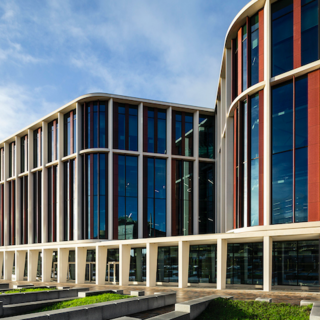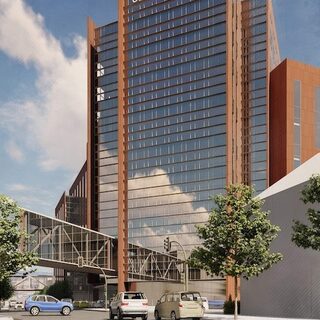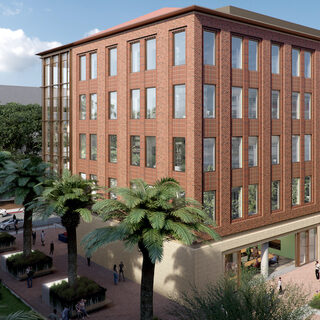
HOK is a global design, architecture, engineering and planning firm. Our 1,700 people collaborate across a network of 24 offices on three continents.
HOK designs buildings and spaces that respond to the needs of people and the environment. Our designers are rooted in technical excellence, driven by imagination and focused on a solitary goal: to deliver solutions that inspire clients and communities.




